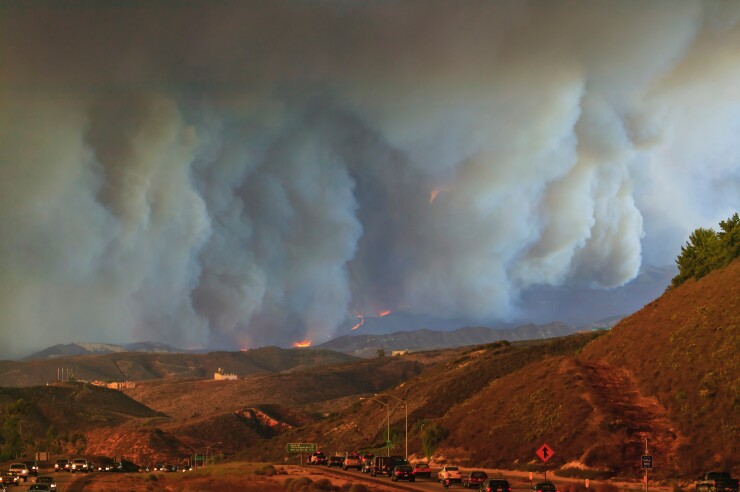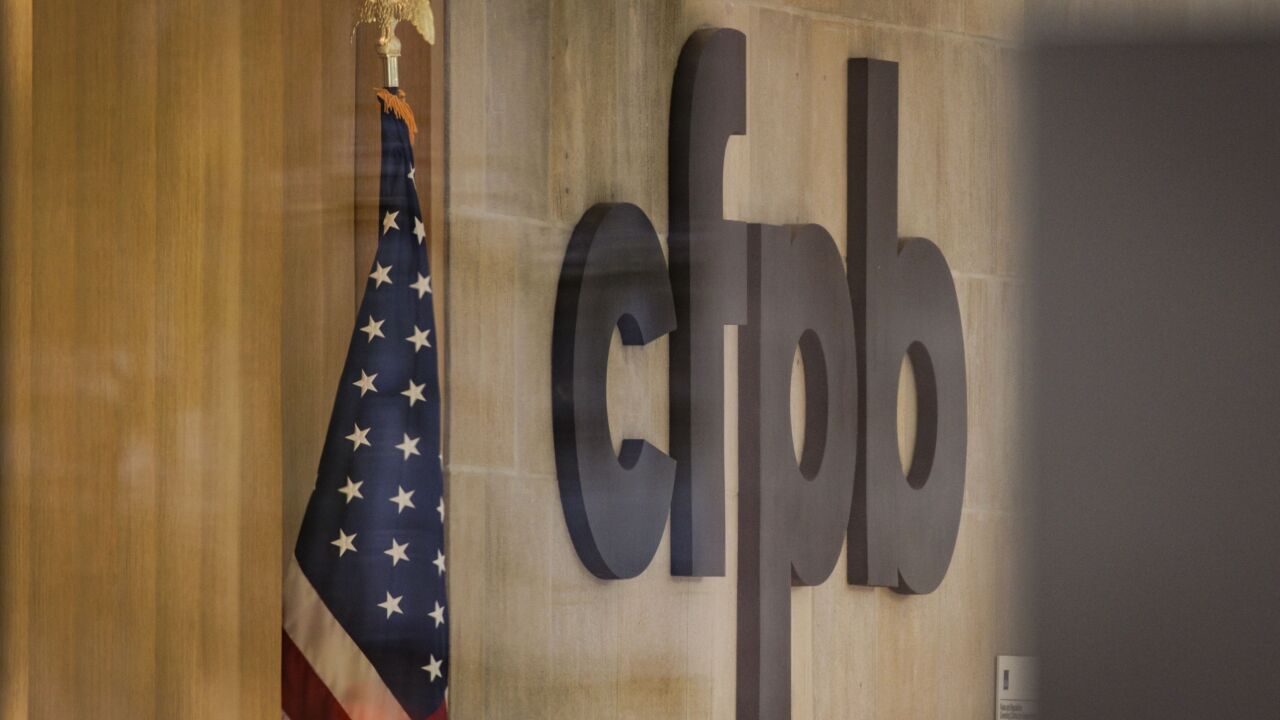
For years, Californians have feared "The Big One," a massive earthquake that could wreak havoc on the state. However,
The damage from these fires is not just a problem for homeowners; it's a ticking time bomb for banks and the broader economy. In recent years, the
The situation is also very serious for banks — megabanks that operate throughout the nation as well as smaller, community-based banks that operate exclusively in California. In particular, smaller banks, many of which serve low-income and minority customers, face direct exposure to the communities that are now reeling from the devastating effects of climate-driven disasters. The latest data shows that 98 banks operate exclusively in California, and nearly a quarter of those are concentrated in Los Angeles County, where wildfires have caused the most destruction. Unlike megabanks, which can rely on diversification to weather a crisis, these banks are particularly vulnerable because of their geographic concentration. If homeowners are forced to walk away from their homes due to insufficient insurance coverage, financial losses will trickle down to these community banks and the neighborhoods they serve.
This growing crisis is not isolated to California. It's part of a broader pattern of escalating climate risks that threaten the stability of the entire financial system. A recent
Bank of America, Citigroup, Wells Fargo and Goldman Sachs have also withdrawn from the Net-Zero Banking Alliance in the past month, as President-elect Donald Trump prepares to take office.
The financial risks are further compounded by regulators' failure to adequately address climate-related financial risk. Despite mounting evidence of the vulnerability of both homeowners and banks to climate risks, federal banking regulators have been slow to act. For example, Travis Hill, the acting chairman of the Federal Deposit Insurance Corp. Acting FDIC Chairman Travis Hill
In light of these mounting risks, regulators must take immediate action to protect the financial system and the millions of Americans who are vulnerable to climate disasters. First and foremost, banking regulators must require large banks to regularly assess and disclose climate-related financial risks as they do for other risks. This means identifying climate-related vulnerabilities in their portfolios and taking concrete steps to mitigate those risks. Banking regulators must also work with climate scientists to develop appropriate models for assessing climate risks, and they must ensure that banks use these models to guide their decision-making. Finally, the federal government must acknowledge the indirect economic impacts of climate change, such as job losses and disruptions to local economies, and take steps to support communities in the aftermath of disasters.
The time to act is now. Each day that passes without addressing the growing threat of climate-related financial risk puts us closer to a banking crisis that could damage the entire economy and financial system.






